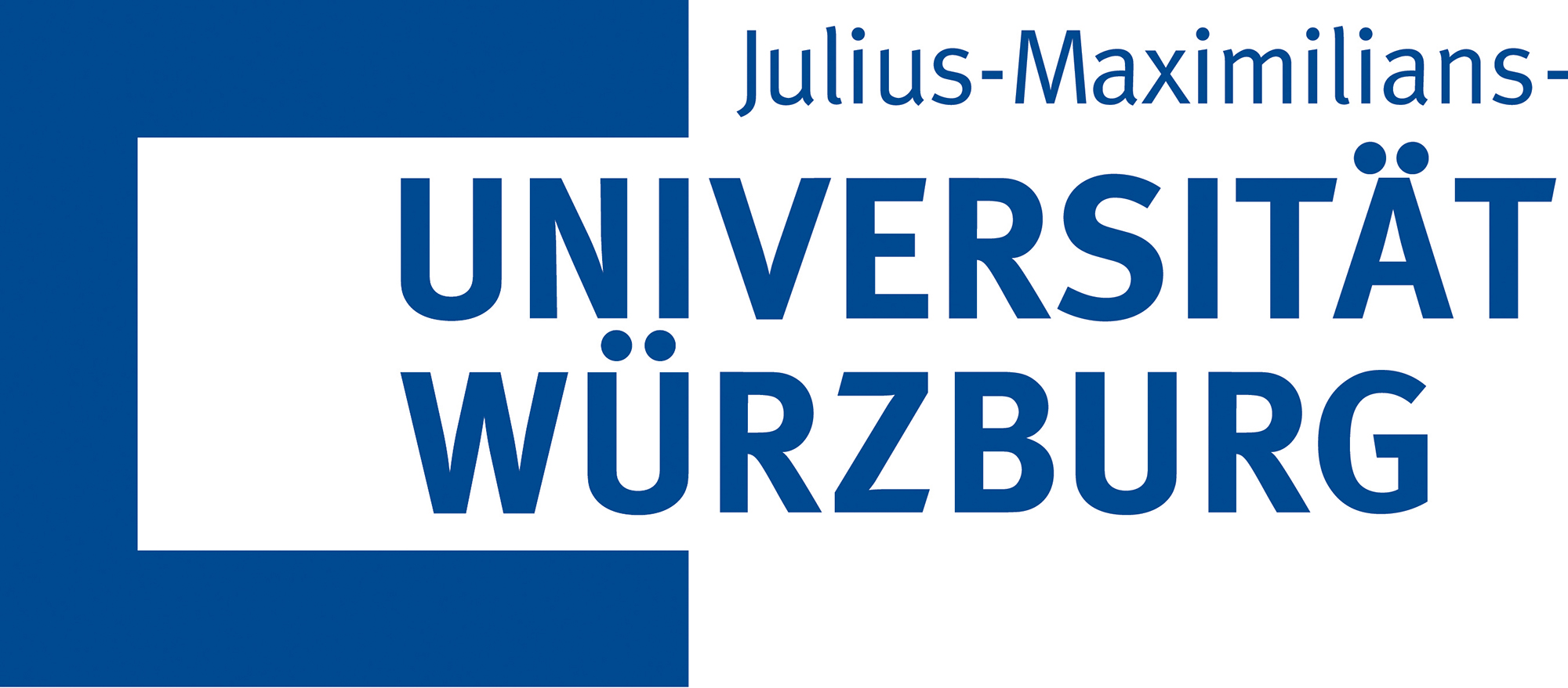Latest super-resolution microscopy methods now achieve an optical resolution in the range of a few nanometres. This corresponds to a resolution in the range of the size of cellular molecules. However, it has not yet been possible to verify the resolution actually achieved on cellular building blocks such as multiprotein complexes – because there were no biomolecular reference systems that could be labelled with dyes at precisely defined positions at a distance of a few nanometres.
A team led by Dr Gerti Beliu and Professor Markus Sauer from the Rudolf Virchow Centre - Center for Integrative and Translational Bioimaging at Julius-Maximilians-Universität (JMU) Würzburg in Bavaria, Germany, has now provided a turning point. In the journal Advanced Materials, they present novel biocompatible molecular rulers, the PicoRulers (Protein-based Imaging Calibration Optical Rulers).
Using genetic code expansion and click chemistry, the team has succeeded in constructing these customised molecular rulers. They can be used as precise biomolecular reference structures in fluorescence microscopy.
Technological Masterpiece: Precision at Molecular Level
The PicoRulers are based on the three-part protein PCNA (Proliferating Cell Nuclear Antigen), which plays a central role in DNA replication and repair. Through the precise introduction of unnatural amino acids at precisely defined positions, this protein has been modified in such a way that fluorescent dyes or other molecules can be specifically clicked onto it with minimal linkage error.
This enables researchers to test the resolution of the latest super-resolution microscopy methods with unprecedented precision on a precisely defined cellular biomolecule.
Markus Sauer is enthusiastic: "The ability to resolve real biological structures at sub-10-nanometre level marks a new era in biological imaging. Compared to previously used artificial macromolecules, our PicoRulers are not only characterised by their biological compatibility. They also enable unrivalled precision for testing resolution under realistic conditions."
Opening the Door to Investigate Complex Processes in Cells
The application of this technology extends far beyond the traditional boundaries of microscopy. "Our PicoRulers are not only a tool for more precise measurements, but also open the door to a deeper and more detailed investigation of complex processes that take place within our cells," explains Gerti Beliu.
Strong Potential for Future Applications
The further development of the PicoRulers may change biological and medical imaging with molecular resolution in the long term. For the first time, they make it possible to validate and improve the resolution potential of new super-resolution microscopy methods on biological samples. This makes them a valuable tool for the future elucidation of the molecular organisation and interaction of biomolecules in cells.
Contact for scientific information:
Dr Gerti Beliu, Rudolf Virchow Zentrum – Center for Integrative and Translational Bioimaging, University of Würzburg, T +49 931 31-89733, gerti.beliu@uni-wuerzburg.de
Original publication:
PCNA as protein-based nanoruler for sub-10 nm fluorescence imaging. Advanced Materials, 27 November 2023, Open Access: https://doi.org/10.1002/adma.202310104




